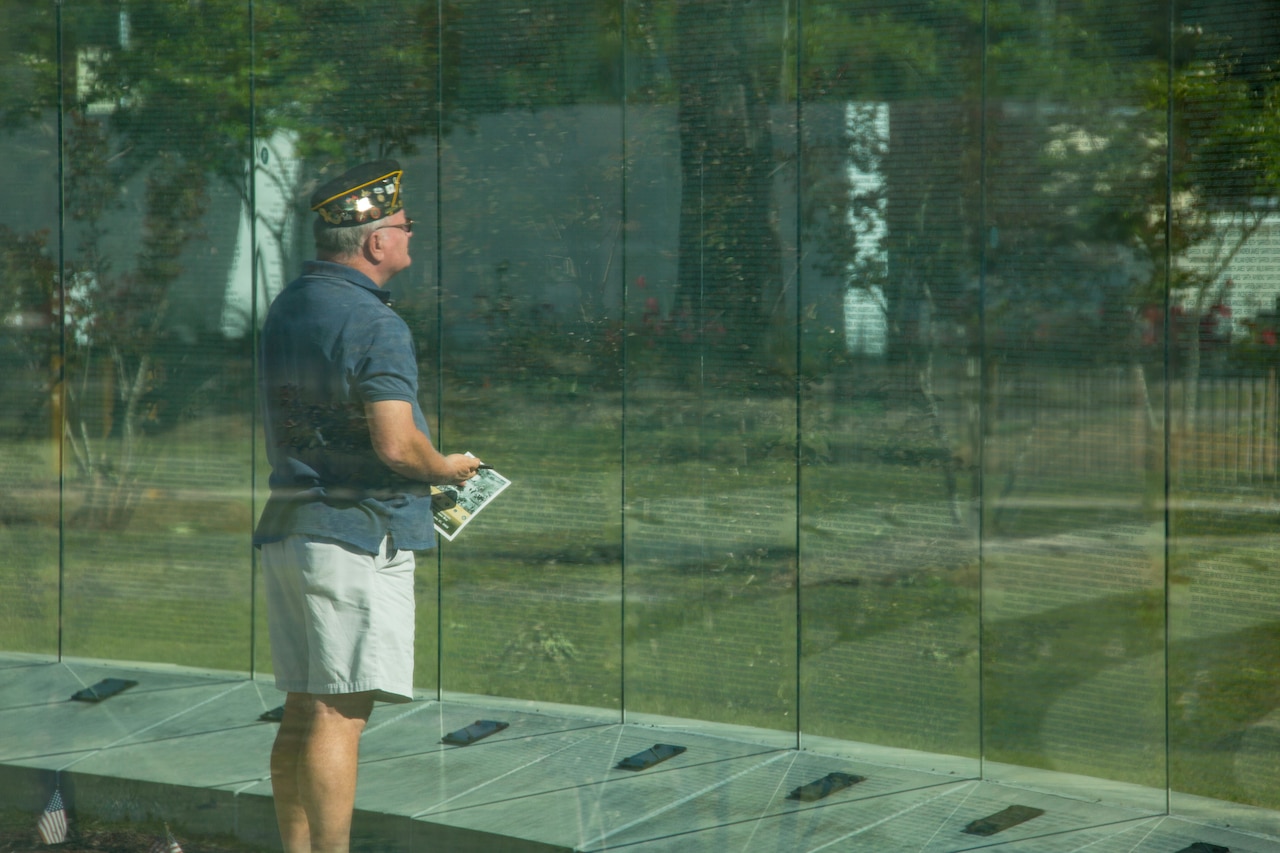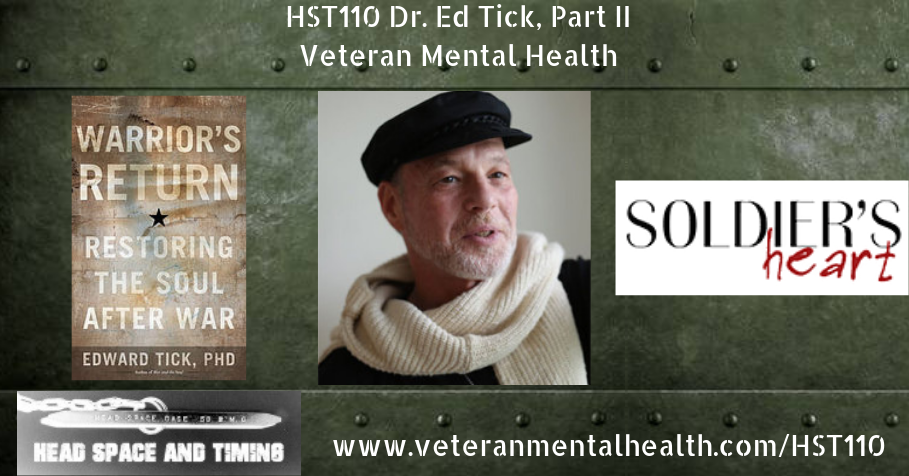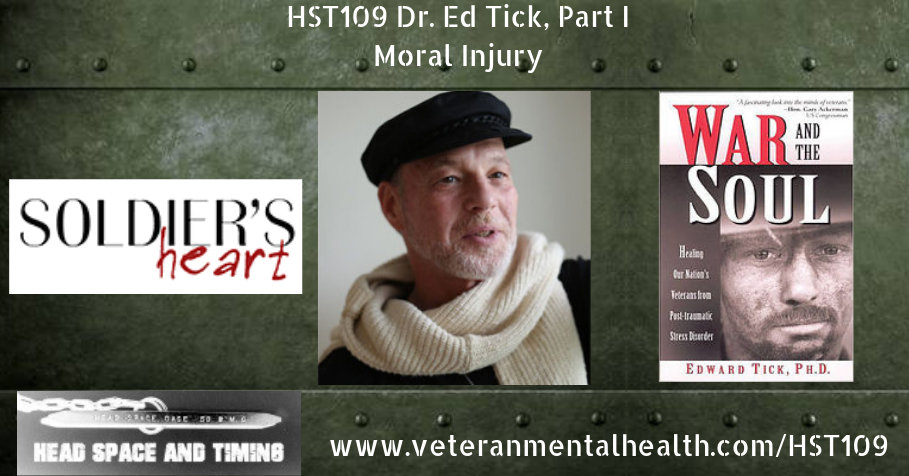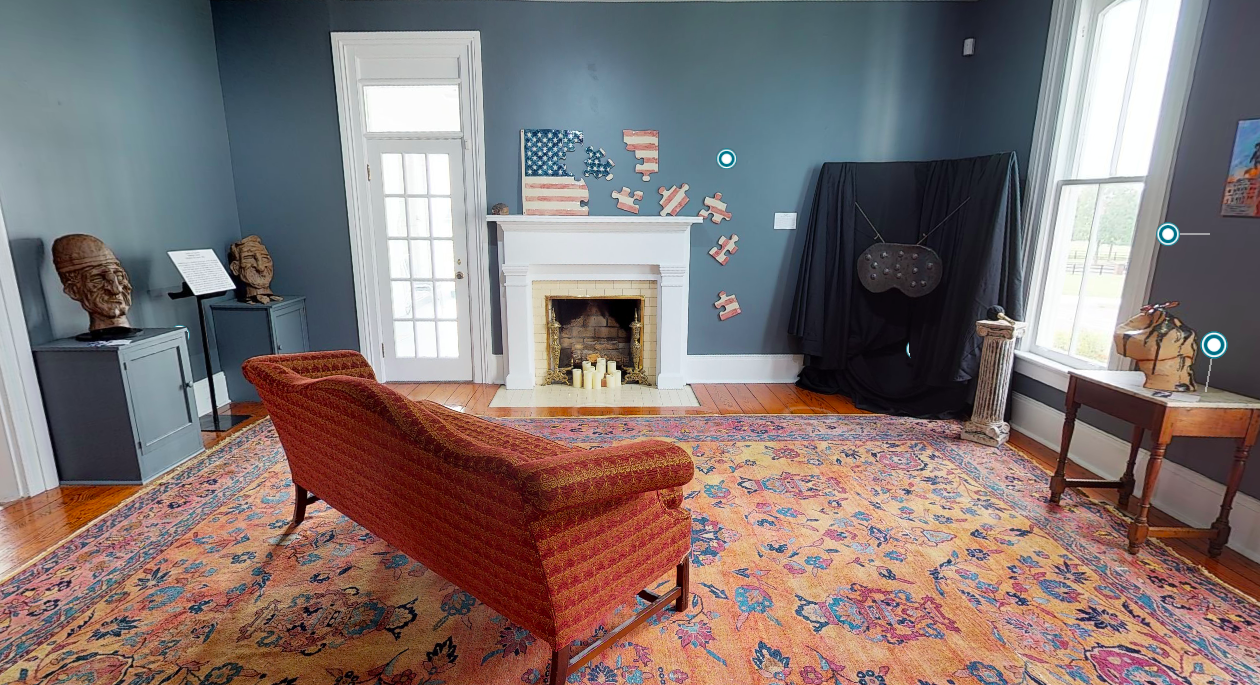
Combat Veteran Art Display courtesy of www.CreatiVets.org
This post is an original article written by Dan Manning, CEO of Firepower Concepts, LLC. Dan is a United States Air Force senior leader, and is helping businesses and non-profits apply creativity to solve their toughest problems. This article addresses Moral Injury, a common topic on the Head Space and Timing Blog; you can read more about Moral Injury here.
The sad news of the untimely, tragic death of Vice Admiral Scott Stearney from what is being reported as an apparent suicide reminds me of my own mortality and the persistent effort I must make in my own recovery. I don’t know the circumstances surrounding Admiral Stearney’s death. We don’t know his internal dialogue in his last days. I don’t even know if the press reports are true.
I do know he was one of the most wholly immersed officers and leaders I have ever had the privilege of serving with. During a one-year deployment at the headquarters for air operations in the Middle East, I benefited from his leadership at CENTCOM and witnessed first-hand his unwavering dedication to the mission of defeating America’s enemies. I do know he exuded a confidence compelling followership. I do know his passing, for whatever reason, is a tragedy for America. And, I do know his passing is a reminder that you almost never know what is going inside the mind.
I say “almost” because sometimes you do know. Sometimes you know because the danger is inside your own brain. For many veterans, the danger has its roots in America’s wars in Iraq and Afghanistan. According to the Veterans Affairs’ National Center for Post-Traumatic Stress Disorder, between 11 to 20 out of every 100 veterans of these wars has PTSD. When a person experiences trauma, regardless of the source, the effects echo even after the person returns to safety.
A related, but different, consequence of these never-ending wars is the less-discussed condition of Moral Injury. While the Department of Defense does not recognize Moral Injury, the VA has been a leader in research and treatment. One of the leading moral injury researchers says that moral injury arises as a result of “perpetrating, failing to prevent, or bearing witness to acts that transgress deeply held moral beliefs and expectations.” Other authors more vividly describe it as a “bruise on the soul” and “the signature wound” of these wars.
For me, the injury happened slowly, day-by-day, over a year, as the narrative that led me to join the military, to train for combat as a fighter pilot, and to lead others in the operational art of war crumbled around me. I never kicked in a door. No one shot at me. I was thousands of miles away from the nearest enemy combatant, yet I still have not escaped.
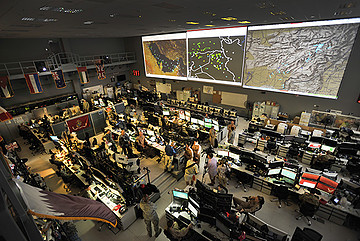
Combined Air Operations Center (CAOC) at Al Udeid Air Base, Qatar. (U.S. Air Force photo by Tech. Sgt. Joshua Strang)
A modern operations center is covered with video screens of all sizes from jumbotron to laptop. Every hour of every day since 2001, these screens shrink the psychological distance between combat and peace. Their grainy images make every adult male seem nefarious and every gathering a conspiracy. Silent explosions display the awesome precision and strength of airpower, and in the clearing smoke a brief look at the aftermath is revealed.
The approval process to allow those bombs to fall is complex, regimented, repeatable, and an affront to peacetime morality. As a young fighter pilot, the narrative was easy to understand, compelling, and heroic. Sitting atop seven barrels of a 30mm cannon, my purpose in life was to defend friendly troops in harm’s way. Even today on the subway, Army Soldiers spot my A-10 patch and go out of their way to say “thank you” for the work my sister and brother A-10 drivers and maintainers did for them on a battlefield they may rather forget.
That narrative failed me, however, in the fight against ISIS, particularly in Syria. The biggest danger I personally faced was from high cholesterol due to the fried food in the dining facility. In the areas of Syria I supervised, there were no friendly troops to protect. This area was home to ISIS, civilians, Syrian military, Russian forces, and Syrian-backed forces.
According to the laws of war, before approving a strike, I was required to make an assessment to ensure the danger to civilians caused by the collateral damage of the strike would be proportional to the military advantage I expected to gain from it. In the end, I was required to express that answer in the cruelest terms–the number of civilians who could permissibly be killed in order to strike the ISIS target. Choose a number too high, you commit an atrocity. Choose a number too low, and your conscience is forever linked to the atrocities these enemies are able to commit because you allowed them to live. There were no right answers, and once asked, there was no escaping the question.
Strikes hurting ISIS offered collateral benefit to Syrian forces led by Bashar al-Assad, the murderous, chemical weapons-using leader of Syria. This fact further complicated the calculus. Where is the moral narrative explaining the greater good of killing civilians with collateral damage to the benefit of a murderous military who kills civilians with chemical weapons in order to defeat a terrorist organization who kills civilians with knives? Being wholly immersed day after day in moral ambiguity has collateral effects on the psyche.
The hundreds of strikes blend together. Yet, for those I watched survive, the images are as inescapable as the precision weapons aimed at them. Day after day, strike after strike, the inexorable crumbling of my sense of right and wrong were buried under the rubble of far-away villages. Today, the reminders of that year are always lurking, usually in the eyes of children I see on the street who have the random fortune to be living in a place where people like me are not striking their homes.
The question always looking for an answer is “who is this version of me who could do this?” Who am I?
I don’t know what Admiral Stearney was thinking, but I know thoughts like these are the lasting price paid by those unlucky enough to be involved in war. I know that, left to fester, they will kill as surely as cancer.
The question I choose to answer is not “who am I?” but “who do I want to be?”
I am doing the spadework of therapy, and I have some great allies. A caring Air Force general officer shared his experience in therapy and recommended I look into for myself. Another important ally is the Headstrong Project, a no-nonsense 501(c)3 providing “evidence-based, cost-free, stigma-free, and frictionless” mental health support for post-9/11 veterans. While there are dedicated clinicians inside the Department of Defense medical system, this solution is working for me.
But, there is a lot of living to do outside of the 50 minutes a week when I am sit in the therapy chair. During this time, I create. At the moment, I am in a virtuous flurry of creativity weaving among writing, cooking, photography, starting an applied creativity business, and an Etsy storewhere I turn discarded items into functional art. Creativity is a well-documented therapy for recovery from trauma, and often, traumatic experiences can lead to increased creativity.
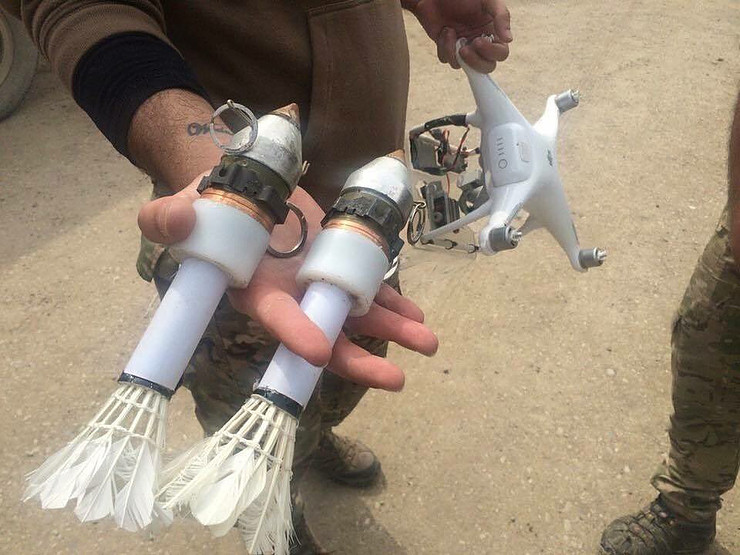
ISIS manufactured grenades stabilized by badminton birdies
Beyond the therapeutic effects, for me, being creative is a response to the more sinister uses of creativity I witnessed in war. Man is creative in his use of tools to kill his fellow man. The so-called Islamic State exhibited an enviable spirit of innovation and creativity. Their highly produced promotional videos using drone footage and special effects effectively conveyed their abhorrent message. They brilliantly combined 3D printing, commercial drone technology, grenades, and badminton birdies to create lethal weapons evoking terror at a distance. In tunnels in the deserts of Syria, they were able to engineer a weapon system that would have cost the US Department of Defense millions in R&D and is costing us billions to defeat. From our headquarters, innovative Coalition Airmen designed a creative approach to kill them.
Creating in my post-deployment life reclaims the transformative power of creativity to design beauty, develop efficient processes, and propel entrepreneurship. If man can use creativity for destruction, I can teach people to use creativity for construction. I am using creativity to repair my soul and to construct a new future with gratitude for those who serve and have served. I am also using my creativity to remember the spirit of a dedicated Sailor, chip away at the stigma of the signature wound of our generation, and to stay alive.
If you are struggling, reach out to someone. A good start is the National Suicide Prevention Lifeline (1-800-273-8255). If you are a veteran, reach out to someone you deployed with…chances are they can use the support too. If you need long-term help, see if Headstrong is right for you at getheadstrong.org.
